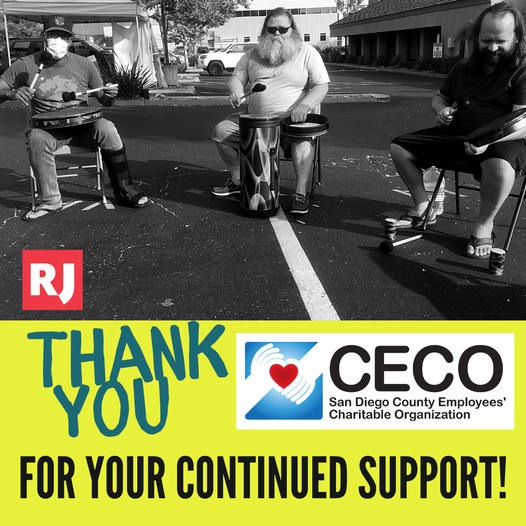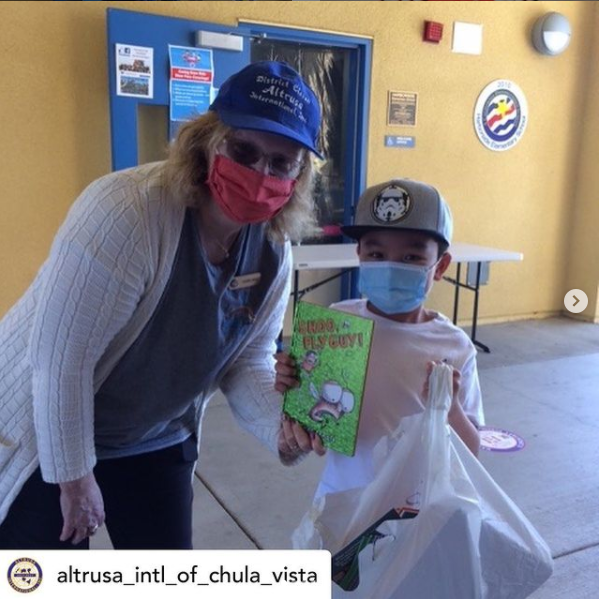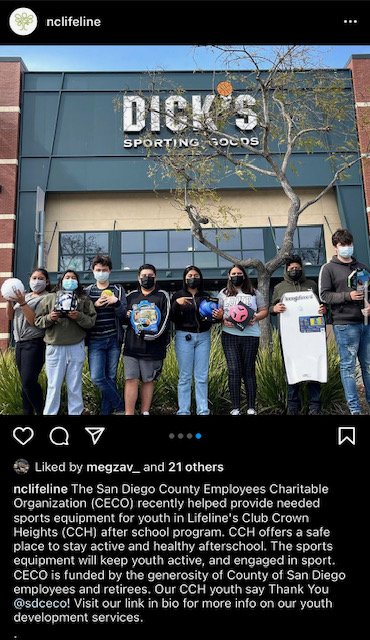The Tradition of Día de los Muertos
/By the San Diego County Latino Association Employee Resource Group
Through art, music and ritual, Día de los Muertos honors our ancestors and celebrates today's community. We mourn our loved ones when they pass with funeral services and wearing dark solemn clothing. It’s usually a sad time in our families when we have to say goodbye to a loved one forever. Different cultures grieve and treat death differently with traditions that have been around for centuries. Mexican culture has created a unique and interesting way to face death and the deceased. Mexico is known to be colorful, joyful in spirit and lots of fun. The people, the food and the celebrations are bright, loud and unique. So when it comes to death, in true Mexican style, Mexicans celebrate with color, food and music.
Traditionally, Día de los Muertos is a two-day celebration when it is believed that the passageway between the real world and the spirit world is open so our deceased loved ones can come back to visit us. What do we do when our loved one comes back from the land of the dead? We make their favorite meal and we offer them their favorite drink! We sing, dance and rejoice before they head back to the underworld for another year.
The custom of Día de los Muertos, or Day of the Dead, may be confused with the custom of Halloween. They are not connected, however, the customs of each have very different origins, and the symbols and ideas of death are opposite. In the typical Halloween festivities, death is something to be feared. During Día de los Muertos, the memories and lives of those who have died are something to be celebrated. The customs and culture are completely enveloped in the making of the altars, the food, music, decorations and crafts of the holiday. During Día de los Muertos events, there is music, dancing and happiness all around and definitely no crying or grieving. This is a reflective and lively get-together honoring the deceased back to celebrate life and enjoy all the human things again.
Below is more information regarding traditions for Día de los Muertos:
Altars (Ofrendas)
The Aztecs used to offer water and food to the deceased to help them on their journey to the land of the dead. Now, Mexican families set up beautifully decorated altars in their homes and place photos of the loved ones they have lost along with other items. The ofrendas usually consist of water, the loved one’s favorite food and drink items, flowers, bread and other things that celebrate the dead person’s life.
Marigolds (cempasuchil)
Marigolds are used during Día de Muertos celebrations by being placed on the altars and on the burial sites. The marigold flower is thought to guide the spirits back with their intense color and pungent smell.
Skulls (calaveras)
Skulls are a huge part of the holiday. Skulls were used during rituals in the Aztec era and passed on as trophies during battles. Today, during Día de Los Muertos, small decorated sugar skulls are placed on the altars. There is nothing grim about these skulls. They are decorated with colorful edible paint, glitter and beads, and they sport huge smiles.
La Catrina
The skulls (calaveras) and skeletons (calacas) that are so prominent in today’s festivities came about at the beginning of the 19th century when cartoonist and social activist José Guadalupe Posada drew La Catrina to protest the Mexican people’s desire to look more European. La Catrina has become one of the biggest symbols of Day of the Dead with people painting their faces with skulls and flowers.
Papel Picado
Papel picado means perforated paper and is an integral part of Mexican culture. The art comes from the Aztec tradition of chiseling spirit figures on wood. It is used during Day of the Dead celebrations by stringing them on the altars and in the streets. Ofrendas showcase fire, water, earth and air. Papel picados represent air on the altar.
Though Día de los Muertos originally started in Mexico, it is widely celebrated in various part of the world and by individuals of all cultures. This is a day to come together in celebration honoring loved ones from the past.
Source documentation for the write up is based on the information from the following website.
























